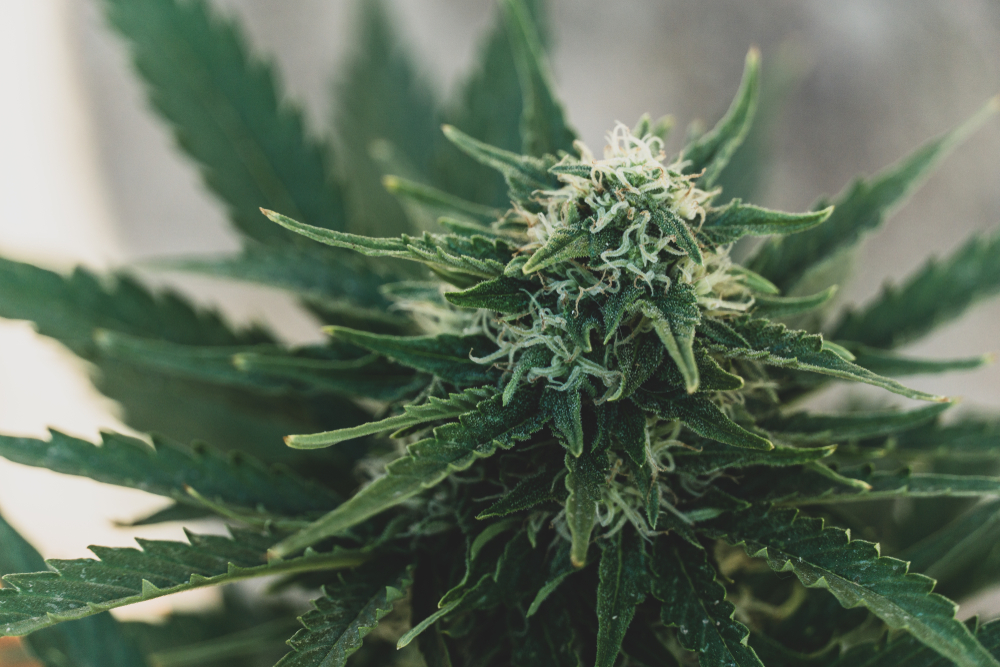In part one of this two-part blog series, we went over some basics on the role of terpenes in both the cannabis plant and resulting CBD products. Terpenes play a big role in smell, taste and related parts of the CBD or cannabis experience, and they’re commonly found in a variety of CBD oils.
At Koodegras, we’re happy to detail any of the specifics of our CBD oil, CBD topicals, CBD supplements or any of our other CBD products, including terpene usage or additions. Terpenes hold fantastic value in not only taste and aroma, but also health benefits and related themes when they’re added to CBD products. Today’s part two of our series will look a little deeper, going into terpenes versus another similar compound, then digging into the specific reasons why terpenes are added to CBD, the effects this can have, CBD products without terpenes, and a final word on this entire realm. Let’s dive in.

Terpenes Vs. Terpenoids
If you’ve been doing some research about terpenes since reading part one of our series, you may have come across the terp “terpenoids,” which is obviously pretty similar in nature. Does it mean the same thing, however? Technically, no. Terpenes and terpenoids are different at the molecular level, but they are very similar – terpenes actually describe the “living,” or fresh, version of terpenoids.
A basic example: Say you live in a place where growing cannabis plants is legal, and you walk near one of these plants and smell it. The aromas wafting toward you come from terpenes, which are living and well within the plant. However, when this plant is harvested, dried and cured, the molecules in these terpenes change slightly – and they become terpenoids at this time. For this reason, when we talk about terpenes being added to your CBD, we’re actually mostly referring to terpenoids, though the distinction is small enough that either term can be used.
The most common use of terpenoids outside of actual cannabis, as we’ve touched on in this series already, is aroma. However, growing research is also showing that terpenoids can change both the duration and intensity of the effects from various cannabis strains, meaning they’re actually vital for various high-CBD strains and the benefits they offer.
Why Terpenes Are Often Added to CBD
As we somewhat just touched on above, there are many benefits to adding terpenes into CBD, from taste and smell to actual health positives. Many users simply find they prefer terpene-infused CBD to types that come without it (more on these below).
Think about terpenes like linalool or myrcene, which we went over in part one of our series. These are both known to add relaxing, potentially sleep-inducing properties to CBD, so those who struggle with sleep anxiety might go in this direction. You can check the lab reports on any specific form of CBD to see which terpenes are in it, then look into the benefits of this particular terpene. There’s also the ever-important entourage effect, which we’ll go over in our next section.
The Entourage Effect
First discovered over 20 years ago in 1998, the entourage effect is a broad concept that speaks to the synergistic effects of cannabinoids, terpenes and flavonoids used together. Used as a simple example in many of the early studies on this effect was the terpene limonene, which has been shown to actually help the body absorb other terpenes more efficiently – this is a great example of one of these synergistic effects, where taking multiple such compounds at once makes them more effective than the sum of their parts.
This is a huge part of the reason why different cannabis strains used to create CBD will lead to very different effects. While cannabinoid ratios do play a major role here, even more is defined by terpenes and the qualities they possess. While not every CBD user prefers this route, we’re confident saying the majority have found greater benefits through the entourage effect and combining terpenes with cannabinoids.
CBD Isolates
Now, it’s important to drive home the theme we just mentioned here: Not all CBD strains contain terpenes, and some people prefer those that don’t. These types of CBD are known as CBD isolate – the CBD itself has been extracted from hemp and separated from not only THC, but also terpenes and any other molecules that might be originally present. In comparison, CBD that still contains terpenes or other molecules is known as full- or broad spectrum CBD oil.
It’s vital to remember that there is no right or wrong answer when it comes to this area. Every individual person who takes CBD for any purpose is different, and their bodies will respond in different ways. If you’ve tried both and find that CBD isolates are better for your needs than full-spectrum CBD, this is completely fine – our team will be happy to locate ideal products for you no matter your preference, or to recommend new products to try if you’re still searching for the right solution for your needs.
Final Word on Terpenes
As we’ve gone over in this extensive series, terpenes are vital to consider for any CBD product, even if you’re not a fan of them. They can both enhance and complement the effects of natural CBD products, all while making your CBD taste and smell more pleasurable. Be sure to inquire about terpenes for any new CBD products you’re considering, and do your research on how these may impact you.
For more on terpenes in CBD, or to learn about any of our CBD supplements, oils or other products, contact the team at Koodegras today. We offer over 56+ different terpene profiles/strains that can be purchased individually to add to your own products or already incorporated into our vape cartridges and shatters.
